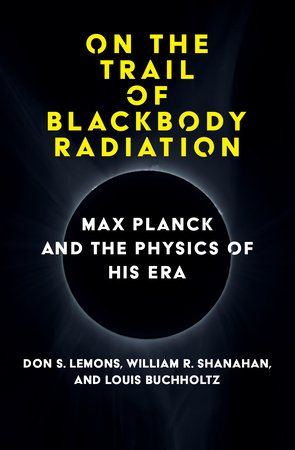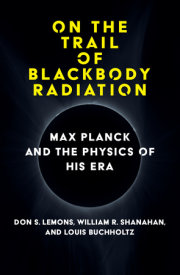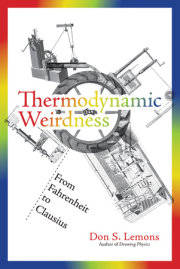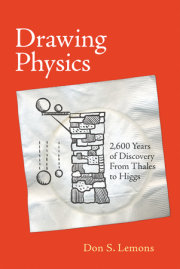Preface xi
A Brief Guide to the Trail xv
1 The Prehistory of Blackbody Radiation 1
2 Classical Thermodynamics 7
3 Kirchhoff's Law, 1859 25
4 The Stefan-Boltzmann Law, 1884 33
5 Wien's Contributions, 1893-1896 51
6 The Damped, Driven, Simple Harmonic Oscillator 69
7 The Fundamental Relation 79
8 Planck's Zeroth Derivation, 1900 91
9 Boltzmann's Statistical Mechanics 105
10 Planck's "First Derivation," 1900-1901 119
11 Einstein's Response, 1905-1907 129
12 Einstein on Emission and Absorption, 1917 139
The Big Ideas 147
Acknowledgments 155
Annotated Bibliography 157
Appendix A English Translation of "A Derivation of Stefan's Law, Concerning the Temperature Dependence of Thermal Radiation, from the Electromagnetic Theory of Light" by Ludwig Boltzmann in Graz (1884) 161
Appendix B English Translation of "A New Relationship between Blackbody Radiation and the Second Law of Thermodynamics" by Willy Wien in Charlottenburg (1893) 165
Appendix C An Electromagnetic Adiabatic Invariant 177
Appendix D An Ideal Gas "Displacement Law" 181
Notes 187
Index 201










